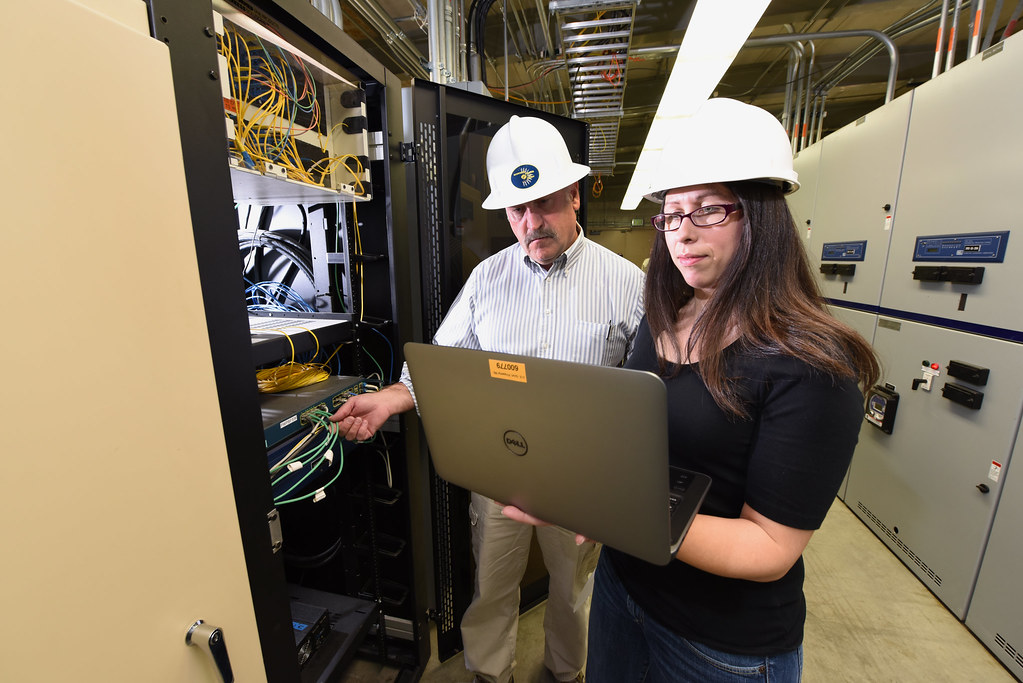The Myth of Consumer Security
The Department of Justice wants access to encrypted consumer devices but promises not to infiltrate business products or affect critical infrastructure. Yet that's not possible, because there is no longer any difference between those categories of devices. Consumer devices are critical infrastructure. They affect national security. And it would be foolish to weaken them, even at the request of law enforcement.

Published by The Lawfare Institute
in Cooperation With

The Department of Justice wants access to encrypted consumer devices but promises not to infiltrate business products or affect critical infrastructure. Yet that's not possible, because there is no longer any difference between those categories of devices. Consumer devices are critical infrastructure. They affect national security. And it would be foolish to weaken them, even at the request of law enforcement.
In his keynote address at the International Conference on Cybersecurity, Attorney General William Barr argued that companies should weaken encryption systems to gain access to consumer devices for criminal investigations. Barr repeated a common fallacy about a difference between military-grade encryption and consumer encryption: "After all, we are not talking about protecting the nation's nuclear launch codes. Nor are we necessarily talking about the customized encryption used by large business enterprises to protect their operations. We are talking about consumer products and services such as messaging, smart phones, e-mail, and voice and data applications."
The thing is, that distinction between military and consumer products largely doesn't exist. All of those "consumer products" Barr wants access to are used by government officials—heads of state, legislators, judges, military commanders and everyone else—worldwide. They're used by election officials, police at all levels, nuclear power plant operators, CEOs and human rights activists. They're critical to national security as well as personal security.
This wasn't true during much of the Cold War. Before the internet revolution, military-grade electronics were different from consumer-grade. Military contracts drove innovation in many areas, and those sectors got the cool new stuff first. That started to change in the 1980s, when consumer electronics started to become the place where innovation happened. The military responded by creating a category of military hardware called COTS: commercial off-the-shelf technology. More consumer products became approved for military applications. Today, pretty much everything that doesn't have to be hardened for battle is COTS and is the exact same product purchased by consumers. And a lot of battle-hardened technologies are the same computer hardware and software products as the commercial items, but in sturdier packaging.
Through the mid-1990s, there was a difference between military-grade encryption and consumer-grade encryption. Laws regulated encryption as a munition and limited what could legally be exported only to key lengths that were easily breakable. That changed with the rise of internet commerce, because the needs of commercial applications more closely mirrored the needs of the military. Today, the predominant encryption algorithm for commercial applications—Advanced Encryption Standard (AES)—is approved by the National Security Agency (NSA) to secure information up to the level of Top Secret. The Department of Defense's classified analogs of the internet—Secret Internet Protocol Router Network (SIPRNet), Joint Worldwide Intelligence Communications System (JWICS) and probably others whose names aren’t yet public—use the same internet protocols, software and hardware that the rest of the world does, albeit with additional physical controls. And the NSA routinely assists in securing business and consumer systems, including helping Google defend itself from Chinese hackers in 2010.
Yes, there are some military applications that are different. The U.S. nuclear system Barr mentions is one such example—and it uses ancient computers and 8-inch floppy drives. But for pretty much everything that doesn’t see active combat, it's modern laptops, iPhones, the same internet everyone else uses and the same cloud services.
This is also true for corporate applications. Corporations rarely use customized encryption to protect their operations. They also use the same types of computers, networks and cloud services that the government and consumers use. Customized security is both more expensive because it is unique, and less secure because it's nonstandard and untested.
During the Cold War, the NSA had the dual mission of attacking Soviet computers and communications systems and defending domestic counterparts. It was possible to do both simultaneously only because the two systems were different at every level. Today, the entire world uses internet protocols; iPhones and Android phones; and iMessage, WhatsApp and Signal to secure their chats. Consumer-grade encryption is the same as military-grade encryption, and consumer security is the same as national security.
Barr can't weaken consumer systems without also weakening commercial, government and military systems. There's one world, one network and one answer. As a matter of policy, the nation has to decide which takes precedence: offense or defense. If security is deliberately weakened, it will be weakened for everybody. And if security is strengthened, it is strengthened for everybody. It's time to accept the fact that these systems are too critical to society to weaken. Everyone will be more secure with stronger encryption, even if it means the bad guys get to use that encryption as well.



-(1)-(1).png?sfvrsn=1bc11cd_4)
_-_flickr_-_the_central_intelligence_agency_(2).jpeg?sfvrsn=c1fa09a8_5)
